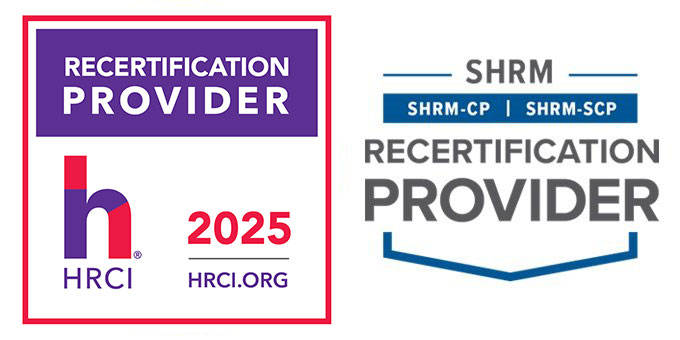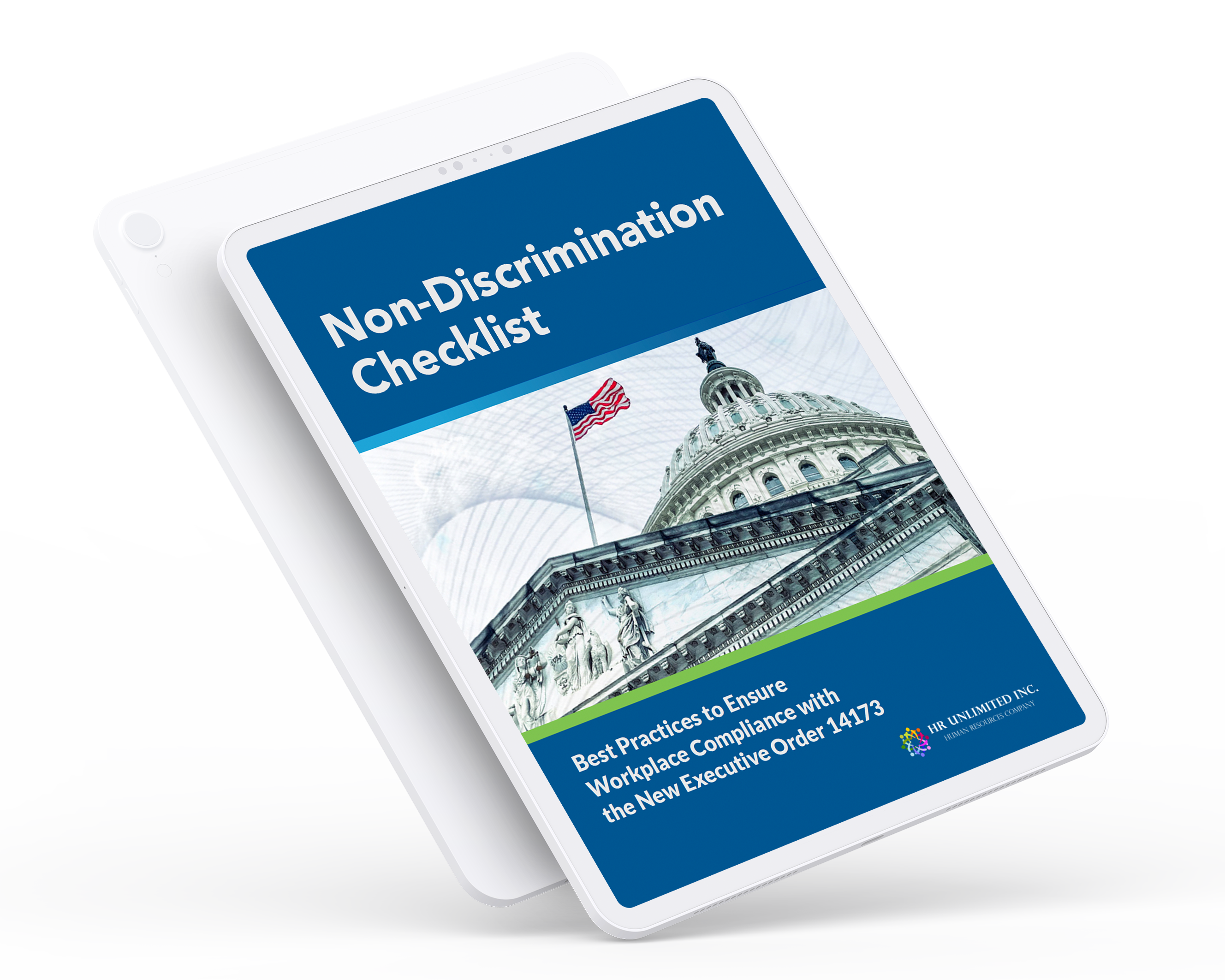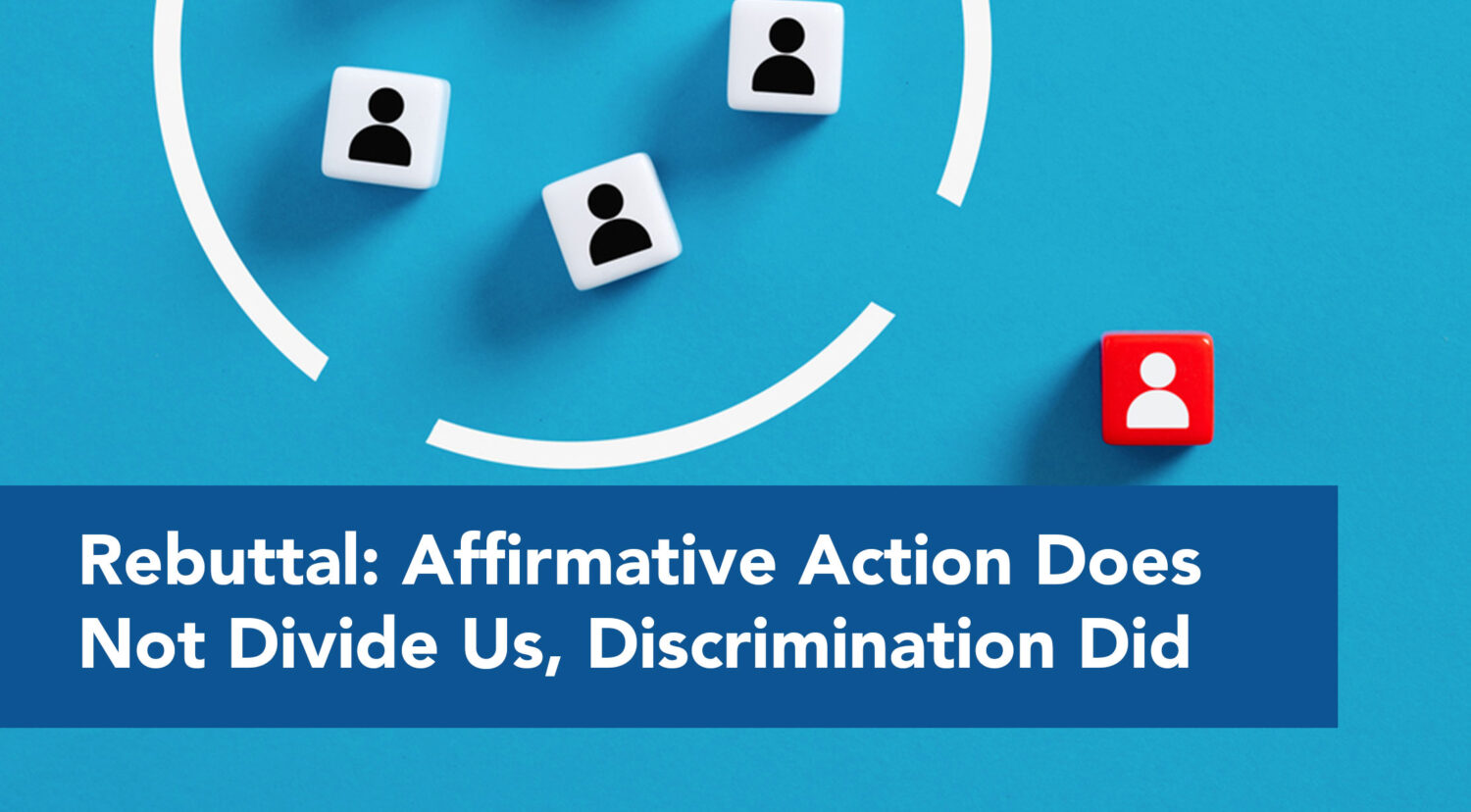The OFCCP Selection Process: An Area for Improvement
What exactly are the weaknesses in the selection process? According to the GAO, “OFCCP’s contractor selection process in nonrandom and does not produce a generalizable sample of contractors for evaluation”. The result, according to the GAO: OFCCP cannot draw conclusions about noncompliance risk in the overall federal contractor population, based on the sample provided by the number of Compliance Evaluations it conducts. While the OFCCP uses neutral factors in its selection process, such as alphabetical order, employee count, contract value and contract expiration date, it is not able to identify which of these factors, if any, are associated with noncompliance risk due to use of nonrandom selection of contractors for review. The OFCCP therefore cannot state with any degree of certainty the extent of noncompliance by federal contractors, and does not really even know if it is focusing its efforts on those contractors at greatest risk of noncompliance. Even if the ACE method is itself inherently effective, it will not matter, if it is not targeting at those most at risk of non-compliance. While OFCCP has tried developing a model for identifying factors associated with noncompliance, when put into practice that model did not prove to be useful. Why? According to OFCCP officials “the model was developed with a nonrandom set of contractor establishments selected from prior OFCCP compliance reviews”. OFCCP is reportedly working on developing a new model. It should come as no surprise, then, that the GAO’s first recommendation is as follows:
Make changes to the contractor scheduling list development process so that compliance efforts focus on those contractors with the greatest risk of not following equal employment opportunity and affirmative action requirements.
In plain English, the GAO seems to be saying, that the factors the OFCCP uses in selecting contractors for compliance evaluation is faulty, so therefore OFCCP should revise those factors. Since the report apparently offers no insight into how the OFCCP could or should do that, the recommendation, in and of itself, does not appear to be of much help. Hopefully, some additional guidance will follow.
In light of this finding, here are some proactive steps that federal contractors should take, sooner rather than later:
- If you do not have an AAP, make sure to develop and implement one immediately. Not having an AAP is a surefire way to be found in violation of EEO/AA requirements if you are selected for a Compliance Evaluation;
- Review your hiring, promotion, termination and compensation practices. Look for statistical disparities;
- If you do find disparities, either take steps to address them or, if there are valid reasons for such disparities, document those reasons.
- Document any steps you take to address any disparities;
- Make sure you are compliant with all recordkeeping requirements;
- Investigate any allegations of discrimination, document your findings, your responses and reasons for all actions taken or not taken in response.
Clearly this list is not exhaustive, but it should be enough to get you started. Next week, we will continue this discussion with the GAO’s second finding, its recommendations to the OFCCP and our recommendations to you, our readers.
For more information, contact Ahmed Younies at 800-708-3655, x703 or [email protected].





